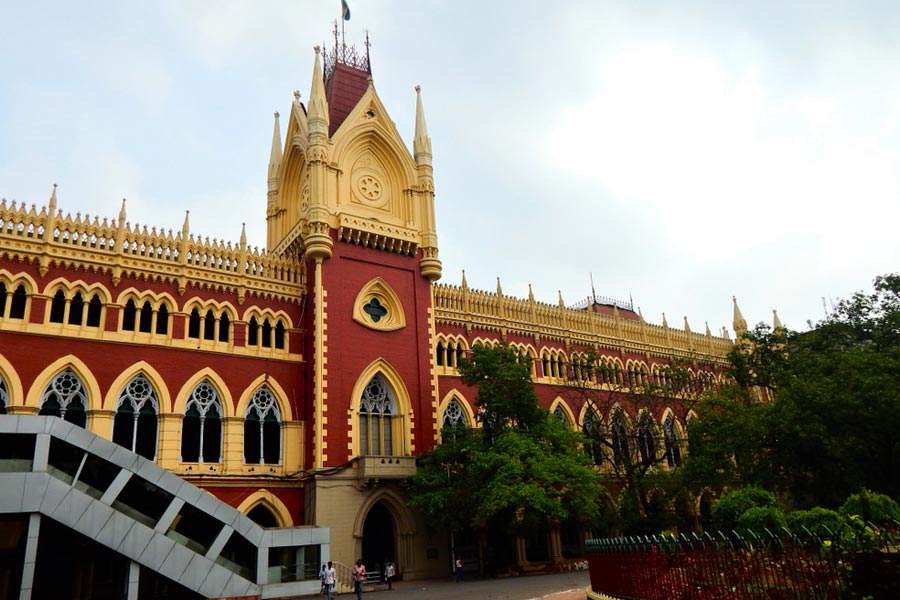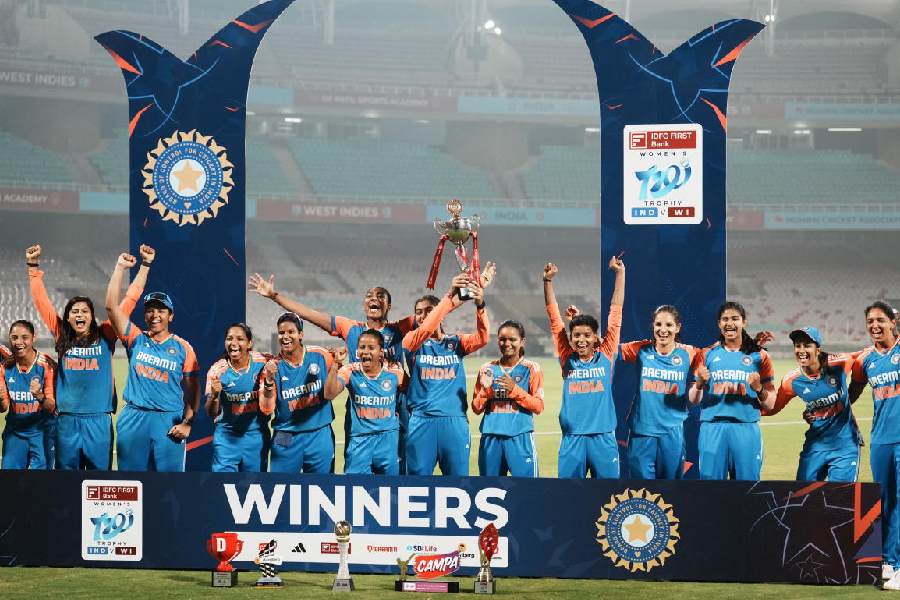As finance minister Nirmala Sitharaman prepares to announce the budget on Wednesday, tax payers are expecting certain reliefs at a time the Indian economy is recovering from the Covid-19 pandemic and has just moved on to a growth trajectory.
Corporate tax
Applicability of concessional tax regime to contract manufacturing: A concessional tax rate regime of 15 per cent (plus surcharge and cess) was introduced for new manufacturing companies engaged solely in manufacturing.
However, there is a lack of clarity on whether this benefit is available for companies that get work done on a job-work or contract basis. Hence, more clarifications are expected on this issue. The benefit of concessional tax rate regime should be made available to both the manufacturing company and the job-work company, subject to fulfillment of other conditions.
Also, given the pending fruition of the Production Linked Incentive Scheme, the sunset date for commencing manufacturing should be further extended from March 31, 2024 to March 31, 2025 so that companies can still avail this benefit, which will in turn lead to an increase in GDP of the economy.
- Capital gains: The capital gains structure is expected to be rationalised in terms of rates and holding periods for various asset classes (equity, debt, immovable property). Carve-out from buyback tax may be provided for open market transactions to avoid double taxation. Standardisation of holding periods and uniformity in tax rates across various asset classes may be on the cards. This may be the need of the hour to attract greater retail investor participation and minimise the room for any tax arbitrage loopholes that prevail as of today.
- Clarification on TDS on purchase of immovable property: Section 194-IA deals with TDS on the transfer of certain immovable property other than agricultural land, in which the consideration is taken as higher of the actual consideration or stamp duty value.
- For Section 194-IA, consideration for transfer of any immovable property shall include all charges of the nature of club membership fee, car parking fee, electricity or water facility fee, maintenance fee, advance fee or any other charges of similar nature, which are incidental to transfer of the immovable property.
Section 50C deals with determining the full value of consideration in case of transfer of capital asset, being land or building or both and Section 43CA deals with determining the full value of consideration in case of transfer of asset, other than capital asset. The full value of consideration is taken as higher of the actual consideration or stamp duty value (only if such stamp duty value exceeds 10 per cent of actual consideration).For each of these sections, the manner of determining the full value of consideration is different. To bring parity between capital gains computation and withholding on purchase of immovable property, it is expected to streamline the definition of ‘’consideration’’.
- Timing of taxation of perquisites: As per the income tax laws, sweat equity shares are taxed at the difference between the fair market value of the specified security or sweat equity shares, as the case may be, on the date on which the option is exercised by the assessee as reduced by the amount actually paid by, or recovered from, the assessee in respect of such security or shares.
- However, at the time of exercise of such options, there is no cash inflow in the hands of the employee. In order to avoid undue hardship in the hands of the employees, it is expected that such taxation is deferred till the date of sale of shares (wherein they would realise some cash against the shares), on similar lines as relief granted to eligible start-ups.
- Extension of the lower tax rate regime to Non-Corporates (LLPs, Firms, AOP, etc.): The introduction of a concessional tax rate (22 per cent) for other popular forms of business (especially partnerships and LLPs) would be a welcome move. Currently, such forms of business are taxed at a rate of 30 per cent, plus surcharge and cess, thus putting them at a disadvantage as compared to companies.
Expectations from individual tax perspective
- Upward revision in medical insurance premium: With the increase in medical insurance premium cost, the upward revision in deduction limit from Rs 25,000 to Rs 40,000 would be a welcome change to boost growth and increase insurance penetration among the common masses
- Increase in tax deduction limit on home loan interest: With the increasing prices of residential properties, the government is expected to consider revising the deduction limit of Rs 2 lakh on home loan interest to Rs 3 lakh.
- Increase in standard deduction limit: It is expected that the government may enhance the standard deduction limit from Rs 50,000 to Rs 75,000. With the rise in the cost of living and inflation, the increased deduction limit would be a huge relief to the tax burden of salaried individuals
- Revision in deduction limit in HRA calculation from 40 per cent to 50 per cent for other metropolitan cities: the cost of renting a house in cities such as Bangalore and Pune is much higher than in certain metropolitan cities such as Calcutta and Chennai. This way the large population in the non-metro cities shall save a significant amount of tax with this step. It is expected to increase the limit from 40 per cent to 50 per cent of the basic salary for such cities as well
- Increasing maximum limit of deduction u/s 80C to Rs 2,50,000: the maximum limit of deduction u/s 80C was last increased in the Union Budget 2014 from Rs 1,00,000 to Rs 1,50,000. The government may either increase the deduction under Section 80C to Rs 2,50,000 or carve out a deduction for life insurance premium as a separate deduction to encourage people to opt for life insurance cover
Expectations from Customs and GST perspective
- Rationalisation of rates of duty on imported goods: It is expected that the rates of customs duty on components, parts and intermediaries maybe rationalised in line with the ‘‘Aatmanirbhar Bharat’’ and ‘‘Make in India’’ initiatives. It is also expected that customs duty rates of goods imported by specific sectors such as telecom, electric vehicle industry be rationalised to help faster roll-out of 5G in India and promote electric vehicle manufacturing.
On the contrary, private jets, helicopters, high-end electronic items, plastic goods, jewellery, high-gloss paper and vitamins are among the few items which are expected to be considered for increase in customs duty.
- Use of technology to enhance tax and customs collections: We expect the government to provide a plan to increase the integration of the customs portal with GST and income tax portals. Given the success of the API mode of data exchange under GST law, we expect a similar open API- based framework under customs.
Dinesh Agarwal, Tax Partner and Sidhartha Jain, Tax Partner - EY India. (Views expressed herein are personal)











